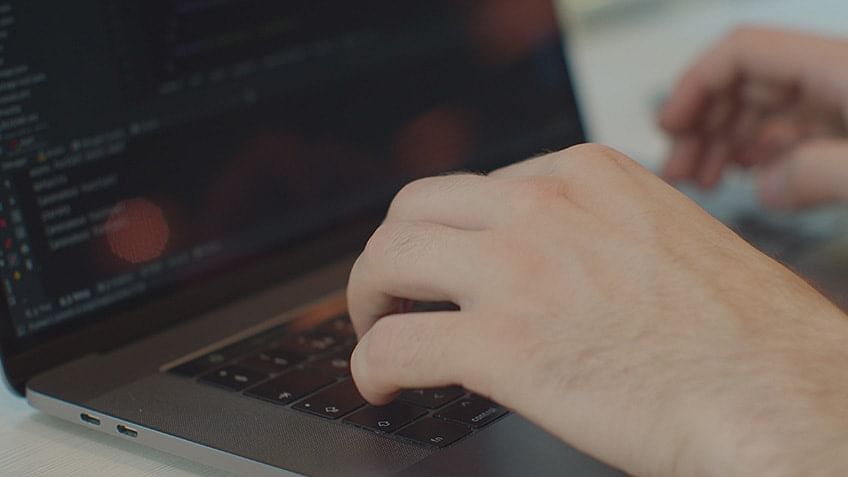Count Occurrences of Item in Python List
Learn different methods and Python code examples to efficiently count the occurrences of specific elements within your lists.
Learn different methods and Python code examples to efficiently count the occurrences of specific elements within your lists.
In Python, determining the frequency of a specific element within a list is a common task. The count() method provides a simple way to achieve this.
To count how many times a specific item appears in a Python list, you can use the count() method.
Let's say you have a list of numbers: [1, 2, 3, 4, 1, 4, 1]. To find out how many times the number 1 appears, you would write:
[1, 2, 3, 4, 1, 4, 1].count(1)This would give you the answer 3, as the number 1 appears three times in the list.
This method is straightforward and efficient for finding the occurrence of a single item. However, if you need to count the occurrences of all items in the list, you'll need a different approach using loops or other techniques.
This Python code counts how many times the number 1 appears in a list of numbers and then prints the result.
numbers = [1, 2, 3, 4, 1, 4, 1]
# Count the occurrences of '1'
count_of_1 = numbers.count(1)
print(f"The number 1 appears {count_of_1} times in the list.")This code will output:
The number 1 appears 3 times in the list.
Explanation:
numbers = [1, 2, 3, 4, 1, 4, 1]: This line defines a list named numbers containing various numbers.count_of_1 = numbers.count(1): This line uses the count() method on the numbers list to count how many times the value 1 appears. The result (which is 3 in this case) is stored in the variable count_of_1.print(f"The number 1 appears {count_of_1} times in the list."): This line prints the result in a user-friendly format using an f-string.count() method is case-sensitive when used with strings. For example, ['a', 'A'].count('a') would return 1, not 2.for loop with a dictionary or the collections.Counter class for better efficiency.count() method can also be used on other iterable objects like strings and tuples.count() will return 0 without raising an error.| Method | Description | Use Case |
|---|---|---|
list.count(item) |
Counts the number of times a specific item appears in a list. |
Finding the frequency of a single element in a list. |
In conclusion, Python's count() method offers a straightforward way to determine the frequency of a specific element within a list. While efficient for single-item checks, consider loops or specialized data structures like dictionaries and collections.Counter for analyzing occurrences of all items. Understanding the nuances of count(), such as its case sensitivity and applicability to various iterable objects, empowers you to leverage its utility in diverse programming scenarios, from data analysis to text processing and beyond.
 5 ways to count occurrences of a list item in Python - Python Shiksha | Different methods by which we can count occurrences of a list item using Python
5 ways to count occurrences of a list item in Python - Python Shiksha | Different methods by which we can count occurrences of a list item using Python Count Occurrences of Item in Python List - Spark By {Examples} | How to count the occurrences of the element or item in a Python list? To count the occurrences of an element in a list in Python, you can use the
Count Occurrences of Item in Python List - Spark By {Examples} | How to count the occurrences of the element or item in a Python list? To count the occurrences of an element in a list in Python, you can use the Learn Count Function in Python with Examples | Simplilearn | Count() is a python built-in function that returns the number of times an object appears in a list. Check out our tutorial to learn more about count in python.
Learn Count Function in Python with Examples | Simplilearn | Count() is a python built-in function that returns the number of times an object appears in a list. Check out our tutorial to learn more about count in python. Count Occurrences of Element in Python List | FavTutor | Check out 6 methods by which python counts occurrences of elements in lists along with examples and respective output.
Count Occurrences of Element in Python List | FavTutor | Check out 6 methods by which python counts occurrences of elements in lists along with examples and respective output. Count unique list elements and add number of occurences to list ... | I have a list which contains these values:nl restservicesMonumenten_raadplegenMapServer nl restservicesBR_GroenstructuurplankaartMapServer nl restservicesBR_GroenstructuurplankaartMapServer nl restservicesBijzondere_BomenFeatureServer nl restservicesBR_BAGFeatureServer nl restservicesBR_BAGF...
Count unique list elements and add number of occurences to list ... | I have a list which contains these values:nl restservicesMonumenten_raadplegenMapServer nl restservicesBR_GroenstructuurplankaartMapServer nl restservicesBR_GroenstructuurplankaartMapServer nl restservicesBijzondere_BomenFeatureServer nl restservicesBR_BAGFeatureServer nl restservicesBR_BAGF...